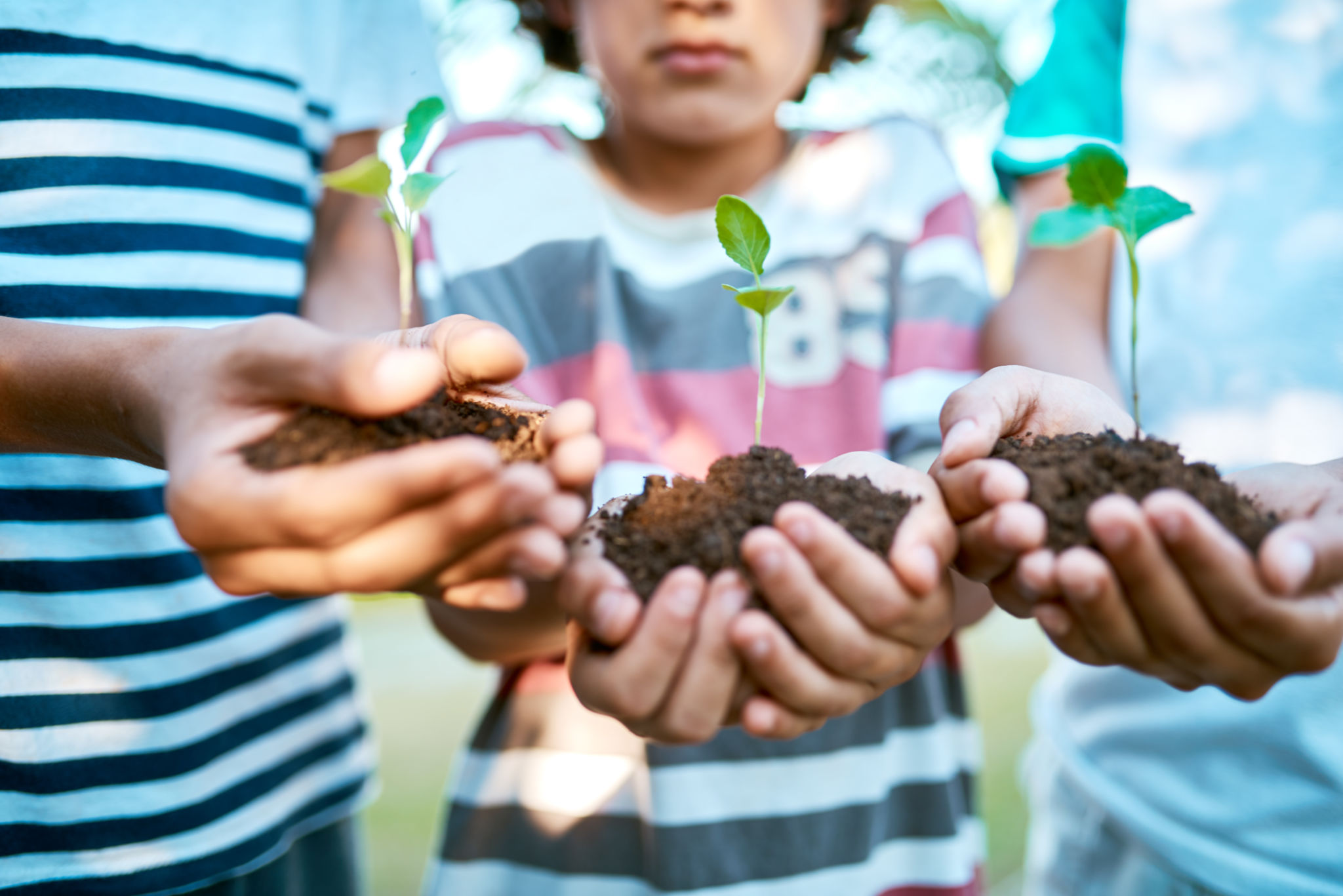Debunking Myths: Eco-Friendly Landscaping vs. Traditional Methods
Understanding Eco-Friendly Landscaping
Eco-friendly landscaping is an approach that focuses on sustainability, minimizing environmental impact, and conserving resources. It's gaining popularity as homeowners and businesses seek to reduce their ecological footprint. However, several myths persist, making it challenging for some to make the transition from traditional methods.
One common myth is that eco-friendly landscaping is more expensive than traditional methods. While initial costs might be higher due to investments in native plants or efficient irrigation systems, the long-term savings often outweigh these expenses. Reduced water usage and lower maintenance costs contribute to significant savings over time.

Myth: Eco-Friendly Landscaping is Less Attractive
Many people believe that sustainable landscaping cannot match the aesthetic appeal of traditional gardens. This is far from the truth. Eco-friendly landscapes can be just as beautiful, if not more so, than their traditional counterparts. By using a mix of native plants, ornamental grasses, and sustainable hardscapes, these gardens offer vibrant colors and textures throughout the year.
Moreover, eco-friendly gardens often attract a variety of wildlife, such as birds and butterflies, enhancing their natural beauty. This interaction with nature can create a more dynamic and lively outdoor space.
Water Usage: A Comparative Look
Traditional landscaping methods often rely heavily on water, leading to wastage and higher utility bills. Eco-friendly landscapes, on the other hand, use water-efficient practices. Techniques such as drip irrigation, rainwater harvesting, and the selection of drought-resistant plants significantly reduce water usage.

These methods not only conserve water but also ensure that plants remain healthy and vibrant. This approach aligns with global efforts to address water scarcity and promote sustainable living.
Maintenance: Easier Than You Think
Another myth is that eco-friendly landscapes require more maintenance. In reality, they can be lower maintenance than traditional gardens. Native plants are adapted to local conditions, making them more resilient to pests and diseases and reducing the need for chemical interventions.
A well-planned eco-friendly garden can also minimize the need for mowing, fertilizing, and pruning, freeing up time for homeowners to enjoy their outdoor spaces.

The Environmental Impact
Traditional landscaping often involves the use of synthetic fertilizers and pesticides, which can harm the environment. These chemicals can leach into the soil and waterways, affecting local ecosystems. Eco-friendly landscaping avoids or minimizes the use of these harmful substances, promoting a healthier environment.
By focusing on soil health, biodiversity, and sustainable practices, eco-friendly landscapes can significantly reduce the environmental impact of gardening and landscaping activities.
The Future of Landscaping
As awareness grows about the importance of sustainability, eco-friendly landscaping is set to become the standard rather than the exception. By debunking these myths and embracing sustainable practices, homeowners and businesses can contribute to a healthier planet while enjoying beautiful, functional outdoor spaces.
Ultimately, the choice between eco-friendly and traditional landscaping methods depends on individual priorities. However, with the numerous benefits of sustainable practices, the shift towards eco-friendly landscaping offers a promising path forward.